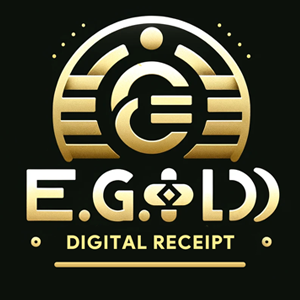Why the Clone Trooper 1 oz Gold Bar Stands Out
The Clone Trooper 1 oz Gold Bar is a perfect fusion of pop culture and precious metals, designed for Star Wars enthusiasts and investors alike. Crafted with .9999 fine gold, this limited-edition bar pays homage to the iconic Clone Troopers, offering a unique opportunity to own a piece of cinematic history while securing a valuable asset.
What Makes the Clone Trooper 1 oz Gold Bar Special
This gold bar is more than just an investment; it’s a collector’s dream. Featuring a detailed design of a Clone Trooper helmet on one side and specifications of purity and weight on the other, it embodies craftsmanship and fandom. Limited production runs add exclusivity, making it a sought-after piece for both collectors and investors.
Who Should Own the Clone Trooper Gold Bar
The Clone Trooper 1 oz Gold Bar appeals to:
Star Wars Fans: A must-have for collectors who want to combine their passion with a tangible asset.
Gold Investors: A secure investment with the added value of pop culture appeal.
Gift Givers: An extraordinary present for Star Wars lovers and gold enthusiasts.
Where to Buy the Clone Trooper 1 oz Gold Bar
Purchase this unique gold bar from reputable dealers or online platforms specializing in collectible and investment-grade gold. Ensure the bar comes with a certificate of authenticity to verify its purity and provenance.
When to Invest in Limited-Edition Gold Bars
Limited-edition gold bars like the Clone Trooper are best purchased during their initial release to secure the lowest premiums and ensure availability. Their value often appreciates over time due to their collectible nature and scarcity.
How to Verify the Clone Trooper 1 oz Gold Bar
Each Clone Trooper Gold Bar comes with a serial number and an assay card detailing its weight and purity. Look for .9999 fine gold markings and verify the certificate of authenticity to confirm its legitimacy.
Benefits of Owning a Clone Trooper Gold Bar
Cultural Significance: Combines Star Wars nostalgia with gold ownership.
High Purity: Contains .9999 fine gold, meeting the highest investment standards.
Limited Edition: Scarcity increases its collectible and resale value.
Dual Appeal: Serves as both a fandom piece and a financial asset.
How to Store the Clone Trooper Gold Bar
To preserve its value and condition, store the gold bar in a protective case or sleeve. Consider options like:
Home Safes: Use a fireproof and tamper-resistant safe for personal storage.
Bank Vaults: Secure storage with added insurance options.
Professional Storage Services: Climate-controlled facilities offering maximum security.
Clone Trooper Gold Bars as Collectibles
The Clone Trooper Gold Bar is not just an investment—it’s a collector’s item that holds sentimental and cultural value. Whether displayed as part of a Star Wars collection or kept as a secure investment, it embodies the intersection of passion and practicality.
Investing in Gold Bars with Pop Culture Themes
Gold bars featuring iconic characters or themes often appreciate in value due to their dual appeal. They attract not only gold investors but also fans of the franchise, creating a broader demand. By investing in such bars, you diversify your portfolio while owning a piece of history.
The Role of Clone Trooper Gold Bars in Portfolio Diversification
Adding a Clone Trooper Gold Bar to your portfolio balances traditional gold investments with unique collectibles. Its limited-edition status and pop culture relevance make it an asset that stands out, offering both stability and growth potential.
Why the Clone Trooper Gold Bar is a Long-Term Investment
Gold has long been considered a reliable store of value, and the Clone Trooper Gold Bar elevates this reliability with its cultural and collectible significance. Over time, such unique pieces often see increased demand and appreciation, making them an excellent choice for long-term investors.
Frequently Asked Questions About the Clone Trooper 1 oz Gold Bar
What is the purity of the Clone Trooper Gold Bar? It is made of .9999 fine gold, ensuring high purity.
Is the Clone Trooper Gold Bar a good investment? Yes, it combines investment-grade gold with collectible appeal, making it a versatile asset.
How much is the Clone Trooper Gold Bar worth? Its value depends on the current gold price and its collectible premium.
Can I sell the Clone Trooper Gold Bar easily? Yes, its gold content and cultural significance make it highly liquid.
Where can I verify the authenticity of the bar? Check the serial number and certificate of authenticity provided by the dealer.
Is the Clone Trooper Gold Bar a limited edition? Yes, its limited production enhances its rarity and value.
Can I gift the Clone Trooper Gold Bar? Absolutely, it’s a unique and meaningful gift for Star Wars fans and collectors.
Does the bar come with a certificate? Yes, it includes an assay card with details about weight, purity, and a serial number.
Why is the Clone Trooper design popular? It resonates with Star Wars fans, making it a standout piece in any collection.
How should I store my Clone Trooper Gold Bar? Use a protective case, safe, or professional storage service to maintain its condition.
The Increasing Demand for Themed Gold Bars
The Clone Trooper 1 oz Gold Bar represents a growing trend in the gold industry: themed and collectible gold bars that resonate with pop culture enthusiasts. These bars attract not only traditional investors but also fans of franchises like Star Wars, creating a niche market with strong demand. As more people seek investments that reflect their personal interests, themed gold bars are becoming valuable both financially and culturally.
How to Maximize the Value of Your Clone Trooper Gold Bar
Preserve Its Condition: Keep the bar in its original packaging or a protective case to avoid scratches and tarnish.
Document Its Origin: Store the certificate of authenticity and any accompanying paperwork securely.
Monitor the Market: Watch for trends in the collectible market to identify the best time to sell or trade.
The Role of Franchise Popularity in Collectible Gold Bars
The value of a collectible gold bar like the Clone Trooper is closely tied to the popularity of its franchise. As Star Wars continues to expand its cinematic universe and maintain a loyal fanbase, items like this gold bar become even more desirable. Their appeal spans generations, ensuring long-term interest and appreciation in value.
Why the Clone Trooper Gold Bar is a Unique Investment Opportunity
This gold bar combines the stability of physical gold with the exclusivity of a collectible. Its design, featuring an iconic Clone Trooper, appeals to fans, while its .9999 fine gold content ensures it meets the highest investment standards. Such a combination is rare, making it an exceptional addition to any portfolio or collection.
The Future of Collectible Gold Bars
As interest in pop culture-themed investments grows, we can expect to see more collaborations between gold refiners and major franchises. This trend highlights the blending of traditional investment strategies with modern consumer interests, offering innovative opportunities for investors and collectors.
Blockchain and Collectibles: Digital tools are enabling better tracking and verification of collectible gold bars. Blockchain-based certificates of authenticity add a layer of trust and transparency, enhancing the value of items like the Clone Trooper Gold Bar.
Crossover Appeal: Collectible gold bars are increasingly appealing to both gold investors and franchise enthusiasts, ensuring a diverse market for these unique products.
Why Now is the Time to Invest in the Clone Trooper Gold Bar
The limited-edition nature of the Clone Trooper Gold Bar makes it a time-sensitive investment. Once production stops, availability diminishes, and secondary market prices often rise. Securing one now ensures you benefit from its initial value, while its collectible appeal adds potential long-term growth.
Tips for First-Time Buyers of Collectible Gold Bars
Start with Trusted Dealers: Ensure you buy from reputable sellers who provide proper documentation and certificates.
Understand the Market: Research the collectible and gold markets to understand value trends and future potential.
Balance Emotion and Strategy: While themed gold bars are exciting, treat them as a financial investment with practical considerations.
The Clone Trooper 1 oz Gold Bar is more than just a gold investment—it’s a celebration of Star Wars culture and a symbol of premium craftsmanship. Whether you’re an investor, a collector, or a fan, this gold bar offers a unique opportunity to own a piece of pop culture history while securing your financial future. Act now to add this iconic piece to your portfolio or collection.
NOTE
This Content is the copyrighted content of EE.GOLD. All rights are reserved. You are welcome to share or use our content only by including direct links to our website. Any other form of reproduction, distribution, or use without proper attribution is strictly prohibited.
This Content is intended solely for educational purposes. The information provided does not constitute financial or investment advice.
Please note that Digital Storage Receipt, Secure Storage Solutions, and Physical Gold Sales are the only services offered by EE.GOLD.
We strictly adhere to government regulations and are firmly against all illegal financial or investment activities globally.
For further inquiries, feel free to contact us through our official channels.

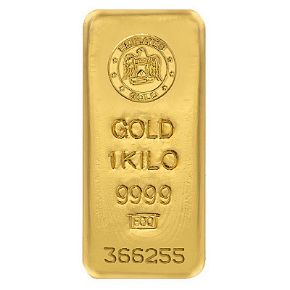
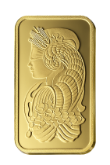
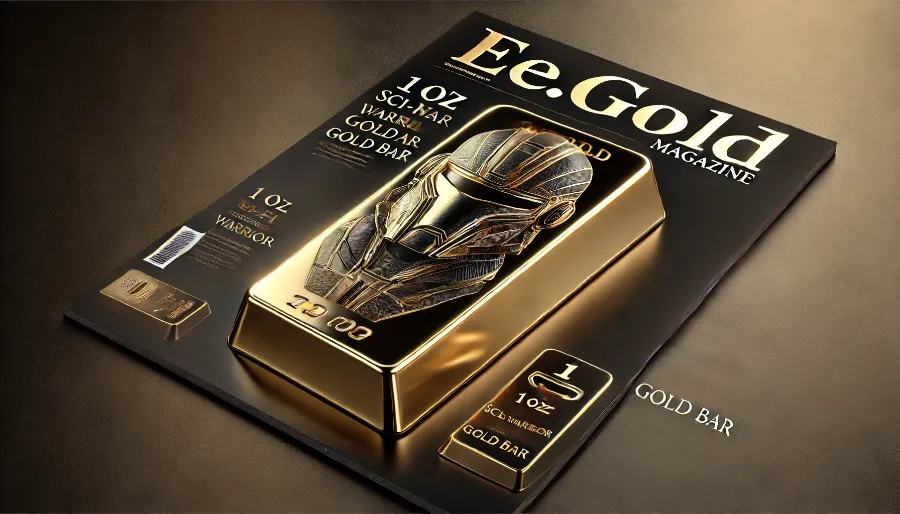
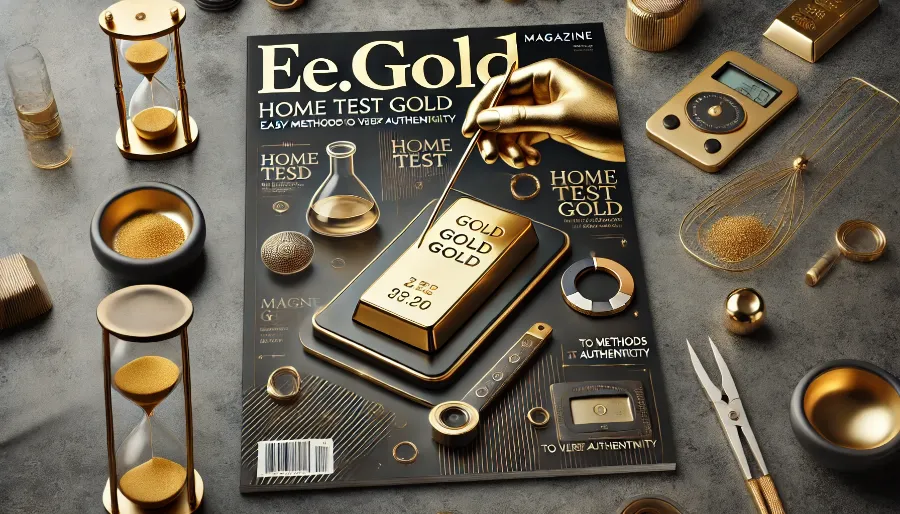
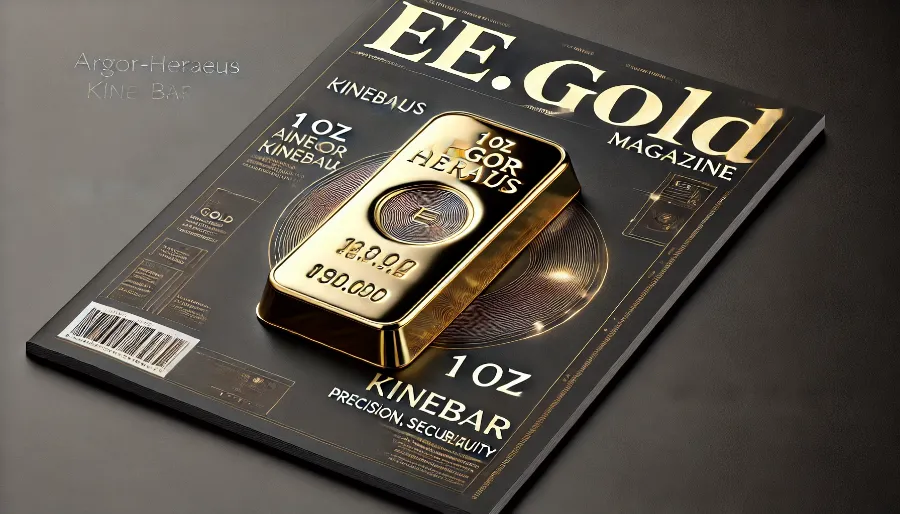
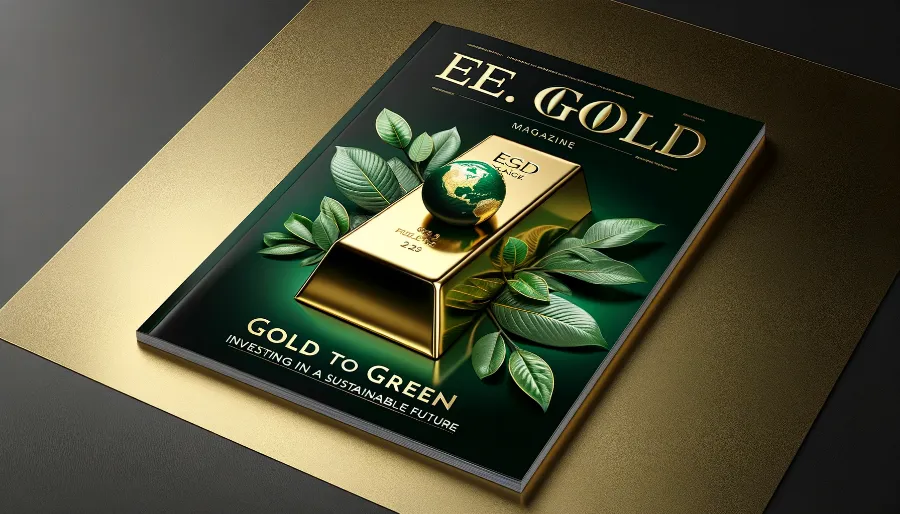
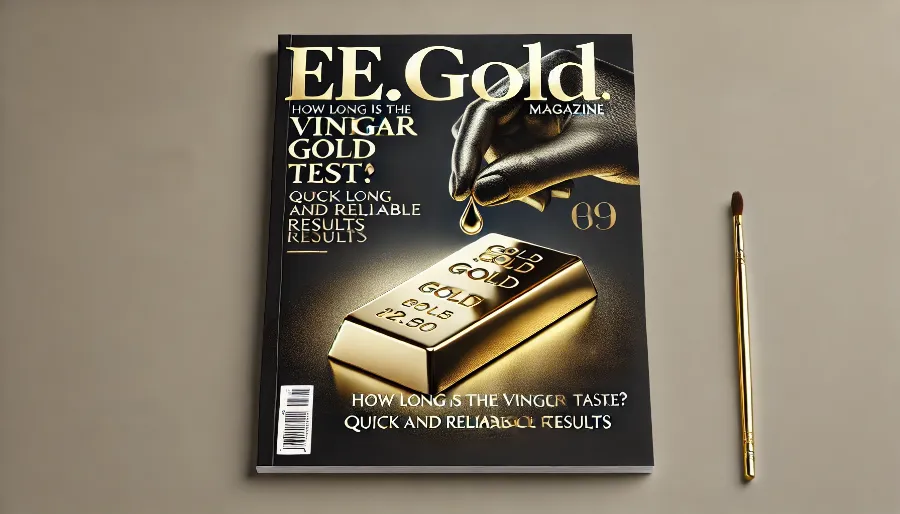
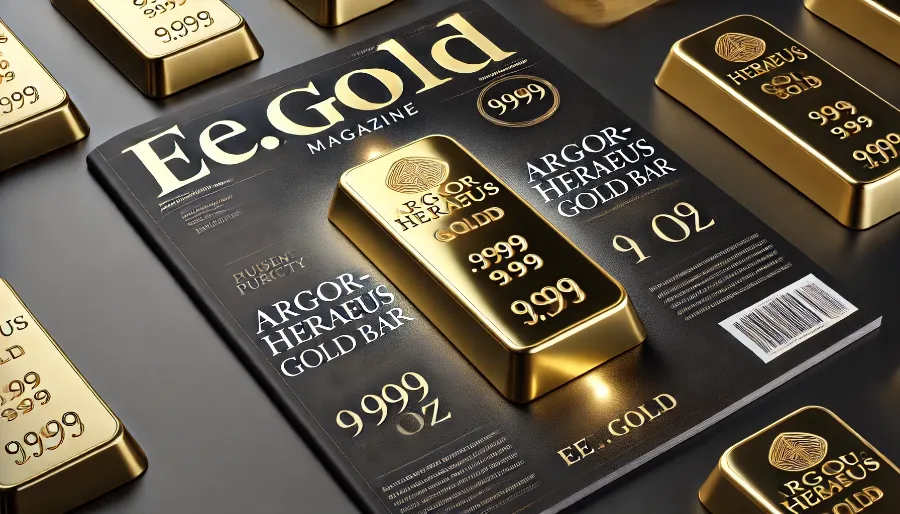
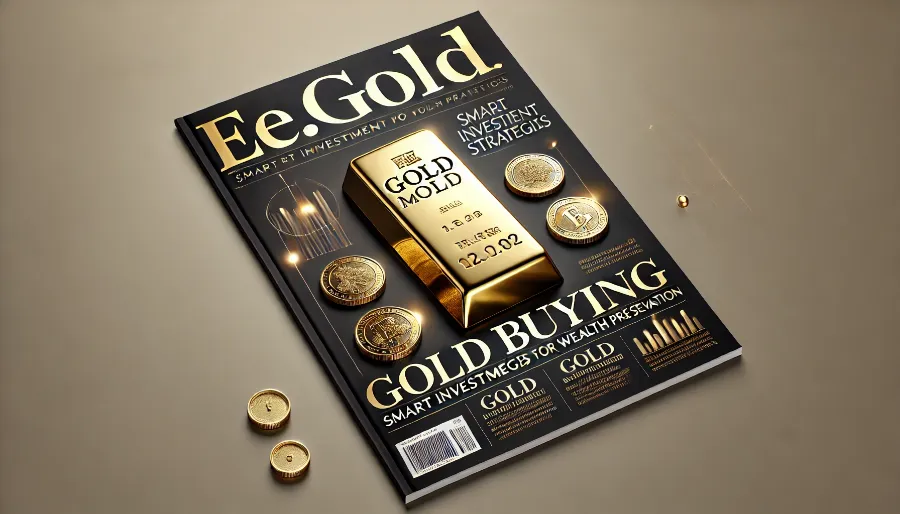
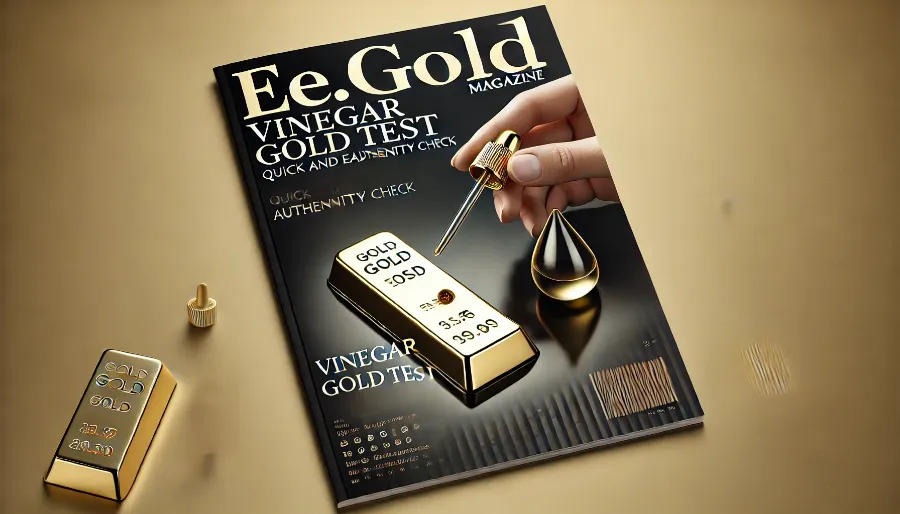
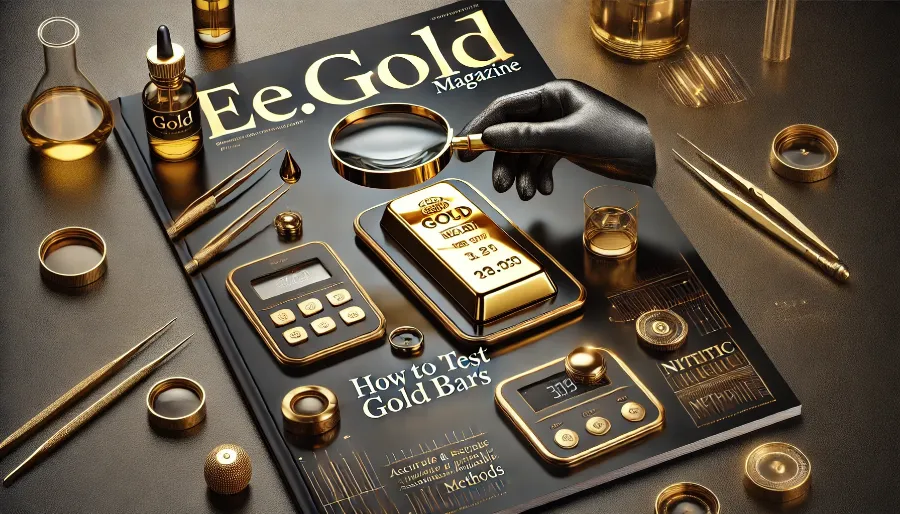
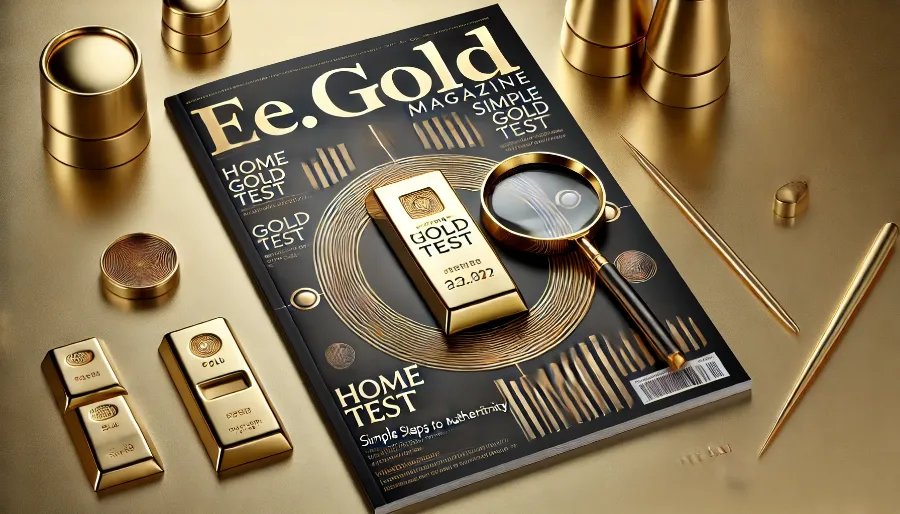




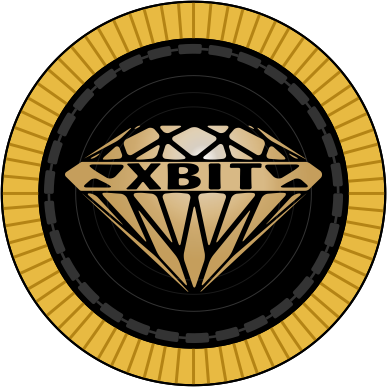
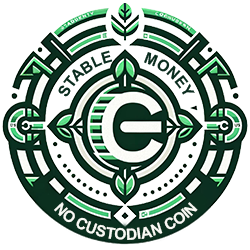

.png)

